Practical Sustainability – One Community Weekly Progress Update #361
We think practical sustainability means sustainability that creates a better world for all people and life that share it. We think it should also contribute to happier and healthier people living within these environments. A living model like this will spread on its own if demonstrated to be easy enough, affordable enough, and attractive enough. One Community calls living models like this living for “The Highest Good of All” and we’re designing, open sourcing and free sharing everything needed to construct and replicate them.
- Here’s our project overview
- Here’s our world-change methodology
- Here’s how this becomes self-replicating
- Here’s how we are open source and free-sharing all the do-it-yourself designs
WHAT ONE COMMUNITY IS CREATING
One Community is creating a place to grow together and change the world together, supporting Practical Sustainability. We are creating a space that helps each other live in integrity with each other and the planet as we strive to be the greatest versions of ourselves. We do this by harmoniously respecting each other, nature, and the rest of our one shared planet.
Our goal is to demonstrate what we feel is the most sustainable, healthy, and fun environment we can create. A place based on compassion, kindness, and collaboration. This replicable community will serve as an example of practical sustainability and showcase what is possible.
Throughout our design process we are open sourcing and free-sharing everything needed for construction and replication. This includes what we call “Highest Good” approaches to food, energy, housing, education, for-profit and non-profit economics design, social architecture, fulfilled living, stewardship practices and more. We are creating these resources for implementation as individual components or complete developments called teacher/demonstration hubs that supports practical sustainability. These hubs will help launch additional hubs as awareness and knowledge grow.
BUILDING THE FIRST OF MANY
One Community will be the first teacher/demonstration hub. It will function as an experiential-learning model that facilitates mass participation to address humanity’s most pressing challenges through: A replicable model for expansion, building seven self-sufficient village/city prototypes, becoming the world leader in open-source sustainability solutions, and evolving and expanding ALL aspects of sustainable living.
WHY ONE COMMUNITY IS CREATING THIS
The One Community self-replicating model is capable of creating a sustainable planet within 30 years. We will achieve this by establishing successful teacher/demonstration hubs on every continent that supports practical sustainability. Villages include designs appropriate for each of the five main types of climates. They also include options for even the most challenged economies. These hubs will collaborate with one another, share ideas, resources, and work together as a network to heal the planet. They will also transform the global lifestyle to a more enjoyable, fulfilling, healthy, and sustainable one.
The specifics of how One Community is accomplishing this can be found on the One Community Solution Model to Create Solution-creating Models Page. Research supporting and showing the benefits of a model like this can be found on our Research and Resources Articles Archive.
Even if we don’t achieve our ultimate goal of global transformation, a self-replicating teacher/demonstration model like this will contribute to practical sustainability, positively affecting millions while inspiring millions more. For One Community residents (the Pioneer Team), the idea of creating and sharing the social and recreational experience with visitors is also fun, exciting, fulfilling, and an additional reason why we are creating this.
OUR MAIN OPEN SOURCE HUBS
Click on each icon to be taken to the corresponding Highest Good hub page.
One Community’s physical location will forward this movement as the first of many self-replicating teacher/demonstration communities, villages, and cities to be built around the world. This is the February 23rd, 2020 edition (#361) of our weekly progress update detailing our team’s development and accomplishments, supporting practical sustainability:
Practical Sustainability
One Community Progress Update #361
DONATE | COLLABORATE | HELP WITH LARGE-SCALE FUNDING
CLICK HERE IF YOU’D LIKE TO RECEIVE AN EMAIL EACH WEEK WHEN WE RELEASE A NEW UPDATE
YOU CAN ALSO JOIN US THROUGH SOCIAL MEDIA
ONE COMMUNITY WEEKLY UPDATE DETAILS
PRACTICAL SUSTAINABILITY – HIGHEST GOOD HOUSING PROGRESS
 One Community is demonstrating practical sustainability through Highest Good housing that is artistic and beautiful, more affordable, more space efficient, lasts longer, DIY buildable, and constructed with healthy and sustainable materials:
One Community is demonstrating practical sustainability through Highest Good housing that is artistic and beautiful, more affordable, more space efficient, lasts longer, DIY buildable, and constructed with healthy and sustainable materials:
-
-
- Learn about: Our Upcoming Crowdfunding Campaign
- Learn about the different village models: 7 Sustainable Village Models
- Visit the open source portals for the first two: Earthbag Village OS Hub | Straw Bale Village OS Hub
-
This week the core team continued with what we hope will be the 2nd-to-final review of the Murphy bed instructions. This week’s focus was updating the position of the light openings so they don’t conflict with the roof beams, combining the dome, furniture, and electrical to do renders, finding and adding a kneeling worker person, updating the Green electrical circuit to match dome structure, and starting to update the Blue circuit to match the Dome and Murphy Bed structure. You can see some of this work in progress below.
The core team also created the initial formatting, table of contents, and social media and header imagery for the Best Small and Large-scale Recycling, Reuse, and Repurposing Options open source hub. You can see this below.
Oluyomi “Yomi” Sanyaolu (Technical Writer and Researcher) completing his 18th week with the team and continued research for the Best Small and Large-scale Recycling, Reuse, and Repurposing Options tutorial. This week Oluyomi worked on the paper and styrofoam recycling methodologies. His research indicated that used paper can be re-used in multiple ways that include compost and packaging; the benefits of recycling/re-using include reduced energy and water usage.
The recycling process summarized is washing the shredded waste paper with warm water and then filtering it with a handmade mesh; the final step is to dry it on a towel for a day and the whole process should cost less than $100. For styrofoam, there is a supplier of a styrofoam shredder and size separators which will cost $6,000 and $1,500 respectively. The styrofoam is shredded into pellet-shaped parts and can be used for insulation and cement mixing. See below for some of this behind-the-scenes work in progress.
PRACTICAL SUSTAINABILITY – DUPLICABLE CITY CENTER PROGRESS
 One Community is demonstrating practical sustainability through a Duplicable and Sustainable City Center that is LEED Platinum certified/Sustainable, can feed 200 people at a time, provide laundry for over 300 people, is beautiful, spacious, and saves resources, money, and space:
One Community is demonstrating practical sustainability through a Duplicable and Sustainable City Center that is LEED Platinum certified/Sustainable, can feed 200 people at a time, provide laundry for over 300 people, is beautiful, spacious, and saves resources, money, and space:
-
-
- Learn about this building and it’s function: Duplicable City Center Open Source Hub
-
This week Radhieka Nagpal (Volunteer Researcher) completed her 2nd week researching the Most Sustainable Building Materials: Carpet, Flooring, Wood, Etc. This week Radhieka continued research and formalized information about the 4 most sustainable flooring companies she has found. She also began an outline on some of the types of sustainable flooring options available with key features and merits about each option. You can see some of this work-in-progress below.
PRACTICAL SUSTAINABILITY – HIGHEST GOOD FOOD PROGRESS
 One Community is demonstrating practical sustainability through Highest Good food that is more diverse, more nutritious, locally grown and sustainable, and part of our open source botanical garden model to support and share bio-diversity:
One Community is demonstrating practical sustainability through Highest Good food that is more diverse, more nutritious, locally grown and sustainable, and part of our open source botanical garden model to support and share bio-diversity:
-
-
- Learn about the structures: Hoop House Hub | Aquapini & Walipini Open Source Hub
- See what we’ll be growing: Gardens & Hoop Houses | Large-scale Structures | Food Forest | TA
-
This week the core team continued working on our behind-the-scenes chicken Google Doc. This week we researched and wrote content for the “Chickens and Permaculture” section. This included details for chicken tractors. You can see some of this work here.
This week Mohammad Almuzaial (Civil and Construction Engineer) continued with his 13th week helping with the Aquapini/Walipini civil engineering details. This week he updated the water storage calculation spreadsheet to include a multiple-design-options calculation table for the on-site supply pond, calculation table for any additional cylindrical pond, an existing pond expansion requirement calculation table, and a general calculation spreadsheet for cylindrical shape water storage.
He also resized the supply pond to 50’ diameter and 9’ deep with 15,904 CF storage capacity, remodeled the topography 3D model and added multiple map layers to identify damming possibilities for 53,000 Sf, projected natural water sources on the 3D topography model, and calculated the potential expansion for the existing pond. You can see some of this work work-in-progress here and we’d say this brings this part of this component to 90% complete.
Ali Ghahremannezhad (Mechanical Engineer) additionally continued with his 12th week as a member of the team and working on the climate batteries for the Aquapini/Walipini structures. This week Ali continued working on a 2D transient simulation of the aquapini and walipinis to account for the daily air temperature and solar heat variations for a greenhouse in West Jordan – Utah. Results for the April and October are added using the underground insulation and the extended ground geometry. Also, Ali worked on the climate battery model considering the underground insulation and current boundary conditions. You can see some of this behind-the-scenes work here.
PRACTICAL SUSTAINABILITY – HIGHEST GOOD EDUCATION PROGRESS
 One Community is demonstrating practical sustainability through Highest Good education that is for all ages, applicable in any environment, adaptable to individual needs, far exceeds traditional education standards, and more fun for both the teachers and the students. This component of One Community is about 95% complete with only the Open Source School Licensing and Ultimate Classroom construction and assembly details remaining to be finished. With over 8 years of work invested in the process, the sections below are all complete until we move onto the property and continue the development and open sourcing process with teachers and students – a development process that is built directly into the structure of the education program and everything else we’re creating too:
One Community is demonstrating practical sustainability through Highest Good education that is for all ages, applicable in any environment, adaptable to individual needs, far exceeds traditional education standards, and more fun for both the teachers and the students. This component of One Community is about 95% complete with only the Open Source School Licensing and Ultimate Classroom construction and assembly details remaining to be finished. With over 8 years of work invested in the process, the sections below are all complete until we move onto the property and continue the development and open sourcing process with teachers and students – a development process that is built directly into the structure of the education program and everything else we’re creating too:
- Program Overview: Education Open Source Hub
- How the components work together: How to use the Education for Life Program
- Lesson Plans for Life – Lesson Plans How-to
- Foundations of Outstanding Leaders, Teachers, and Communicators
- Curriculum for Life
- Teaching Strategies for Life
- Learning Tools and Toys for Life
- Evaluation and Evolution
This week the core team added audio and visual effects to the Ultimate Classroom video below and added it to the webpage.
Dan Alleck (Designer and Illustrator) completed his 65th week helping with render additions and finishing work for the rooms in the Ultimate Classroom. This week he continued with his revisions and additions to the red room representing health, mindfulness, and music. What you see here is his second round of revisions and additions that included adding people, more instruments, and various objects like the flooring, Swiss balls, etc.
Ziqian Zheng (Architectural Designer and Drafter) also completed his 15th week as a member of the team and working on the Ultimate Classroom. This week Ziqian created the AutoCAD sections, roof plan and floor plan for this structure. One more section is still needed and then the plans will be ready for an engineer to take over on them.
PRACTICAL SUSTAINABILITY – HIGHEST GOOD SOCIETY PROGRESS
 One Community is demonstrating practical sustainability through a Highest Good society approach to living that is founded on fulfilled living, the study of meeting human needs, Community, and making a difference in the world:
One Community is demonstrating practical sustainability through a Highest Good society approach to living that is founded on fulfilled living, the study of meeting human needs, Community, and making a difference in the world:
-
-
- Read the Highest Good society overview: Highest Good Society
- Learn about the model for fulfilled living and sharing: A Day in the Life
- Learn about the 4 economic models: RBE | For-profit | Non-profit | Entrepreneurship
- Learn about our open source community collaboration and management software: The Highest Good Network
-
This week the core team continued updating pages related to the One Community Pioneer Member Invitation page. This week we added an FAQ and updated the process overview page and progress page. You can see some of this below.
The core team also finished the Managing Stakeholders enclosure of our business plan. The business plan is linked to from our Executive Summary page and the Managing Stakeholders enclosure explains who will be responsible for interactions with and management of each of the stakeholders related to our project. You can see some of these new business plan details below.
Yusuf Sulayman (Lawyer and member of the Nigerian Bar Association) helped us create our open source Joint Venture Agreement template. You can see some of this work below.
Tengxiao Wang (Software Engineer) completed his 7th week working on the Highest Good Network software. This week Tengxiao continued to work on the Timelog Page. He extracted the time entry form and created a separate component. He also made it into a modal. He additionally created the TimeEntry component to display the time entry data. You can see some of the results of this work below and the visual design will be improved next week.
Siddharth Gore (Senior Software Engineer I) completed his 6th week as a member of the volunteer team also working on the Highest Good Network software. This week Siddharth worked on the View Project Members Functionality. Now a user can tap on a project and view a list of project members. A user can also tap on a project member to see their profile. Siddharth also added the Logout functionality and button on all the pages. He additionally updated the project dependencies to use the new react navigation APIs. You can see some of this work here.
And last but not least, Simon Xiong (Programmer) completed his 3rd week working on the Highest Good Network software. This week Simon worked on unit testing of the log-in functionality for the application. Since unit testing is done on a single component in isolation, it was determined that Login.jsx will be the component for unit testing with test cases with email, password and submit. There was a bug which was causing syntax issues with jsx files. It was determined that the Language mode in VSCode needed to be configured to JavaScript React and not Javascript(Babel) to fix this problem. You can see Simon’s updates to the HGN Unit Testing Best Practice tutorial below.
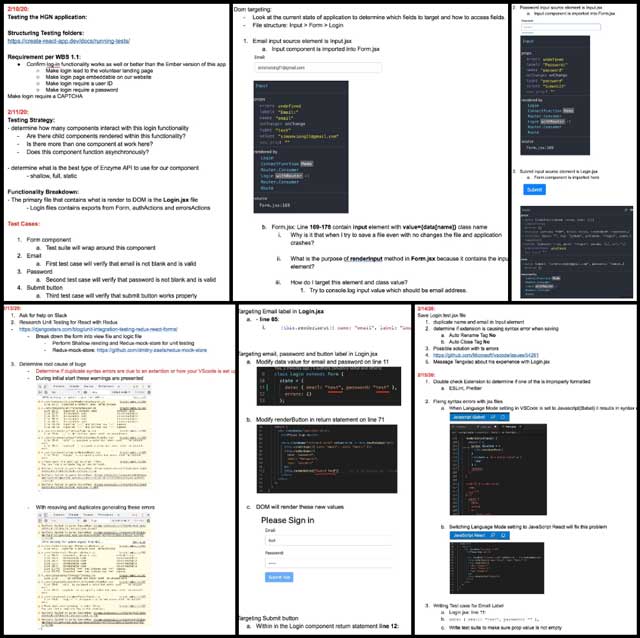
Practical Sustainability – Unit Testing of Log-in Functionality for the Application – Click for Page
AND WE PRODUCED THIS WEEKLY UPDATES BLOG – CLICK HERE TO SUBSCRIBE
FOLLOW ONE COMMUNITY’S PROGRESS (click icons for our pages)
INVESTOR PAGES
GET INVOLVED
DONATE ● WAYS ANYONE CAN HELP ● MEMBERSHIP
CLICK HERE FOR ALL PAST UPDATES
 One Community
One Community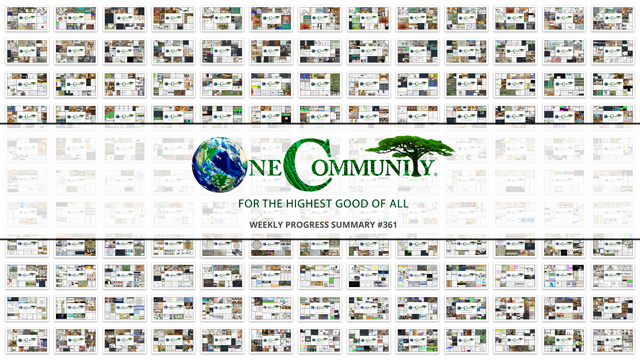



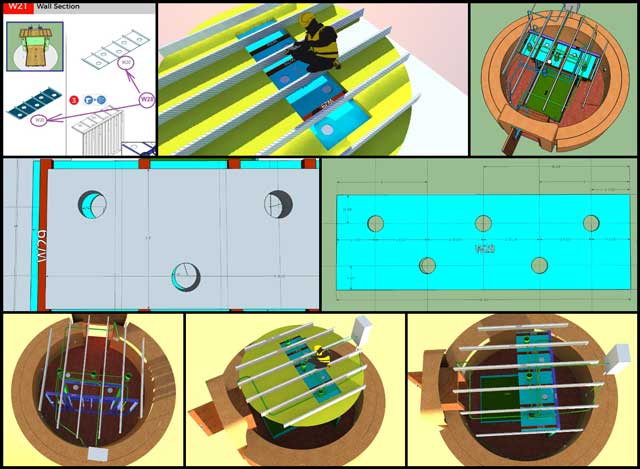
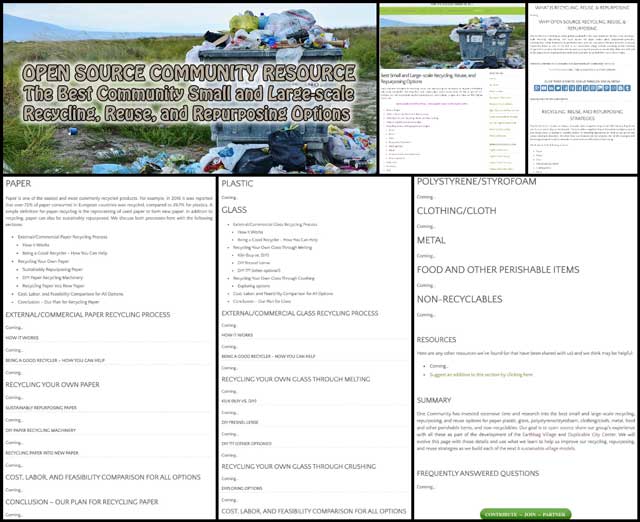
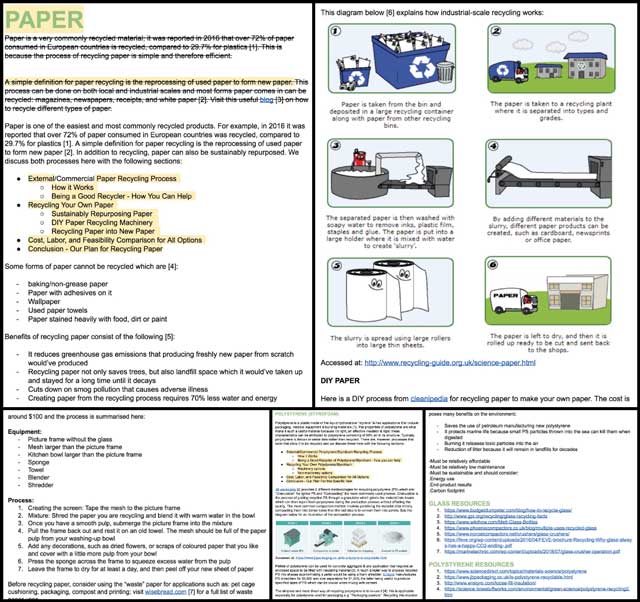
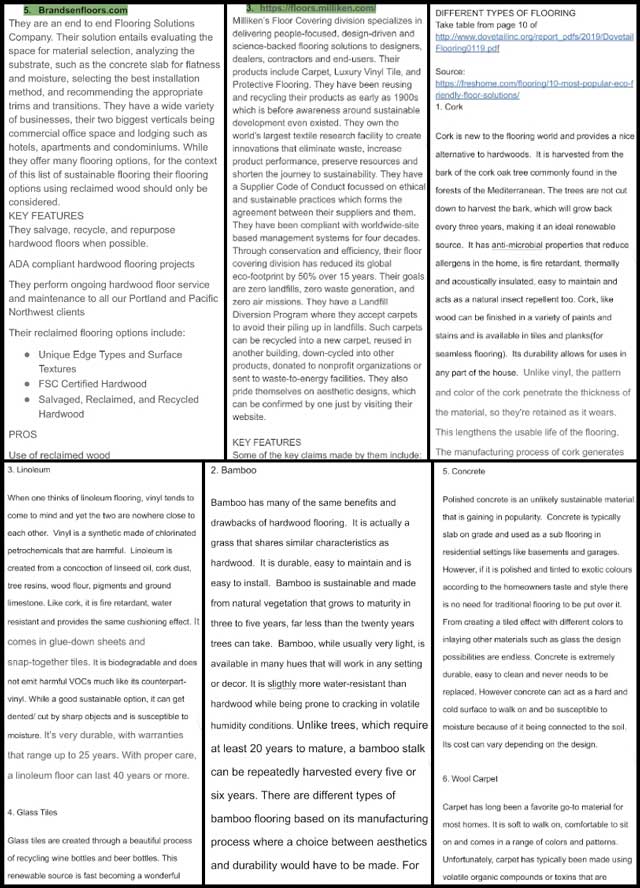
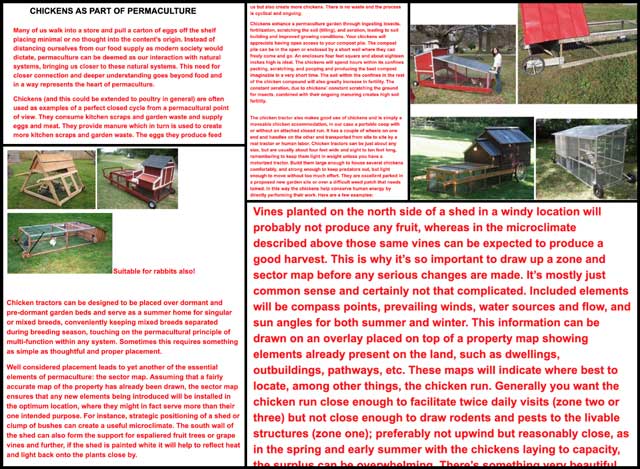
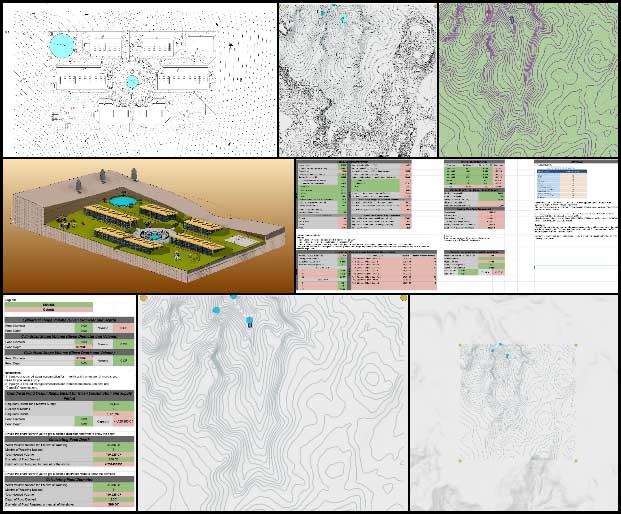
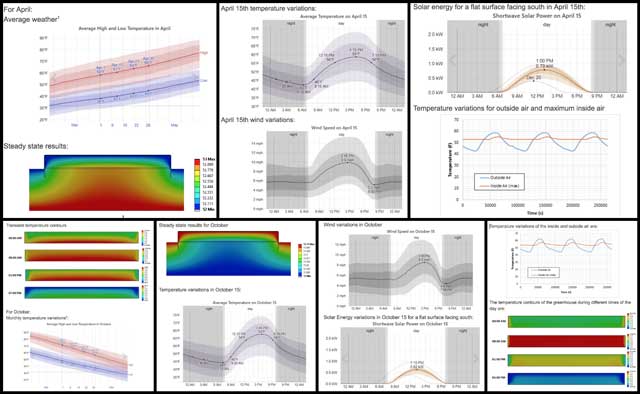
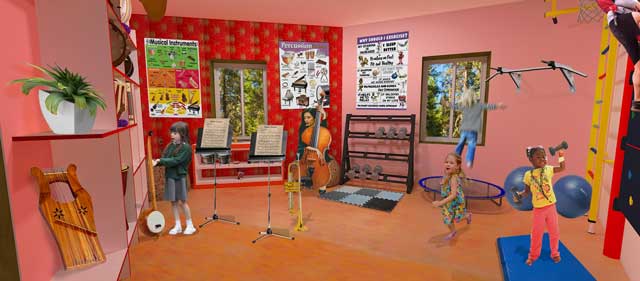
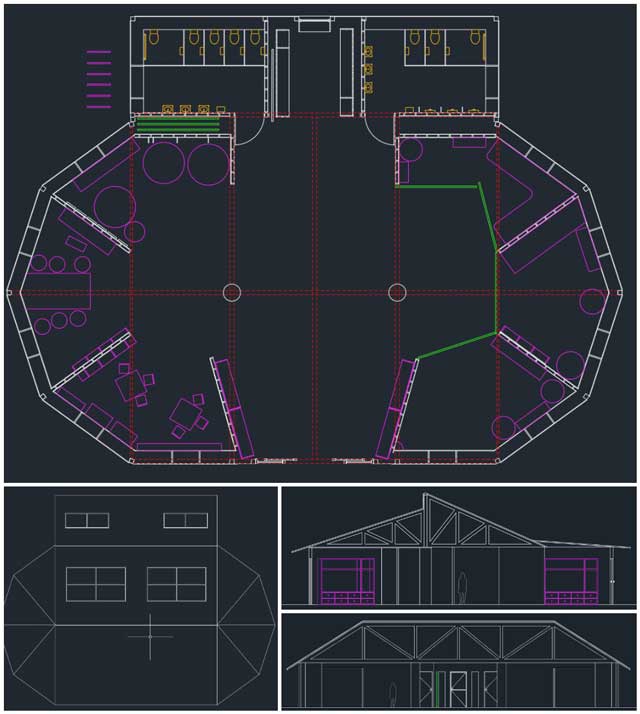
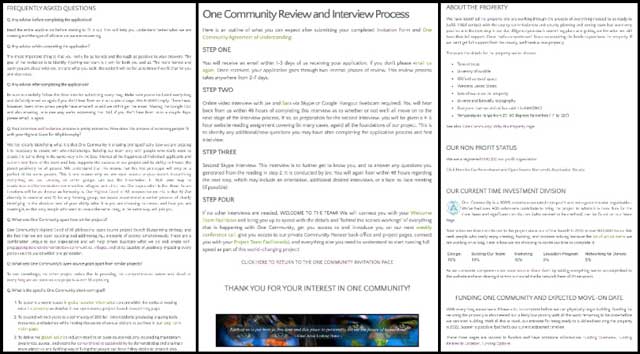
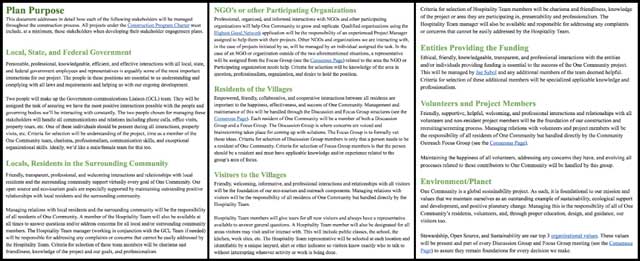
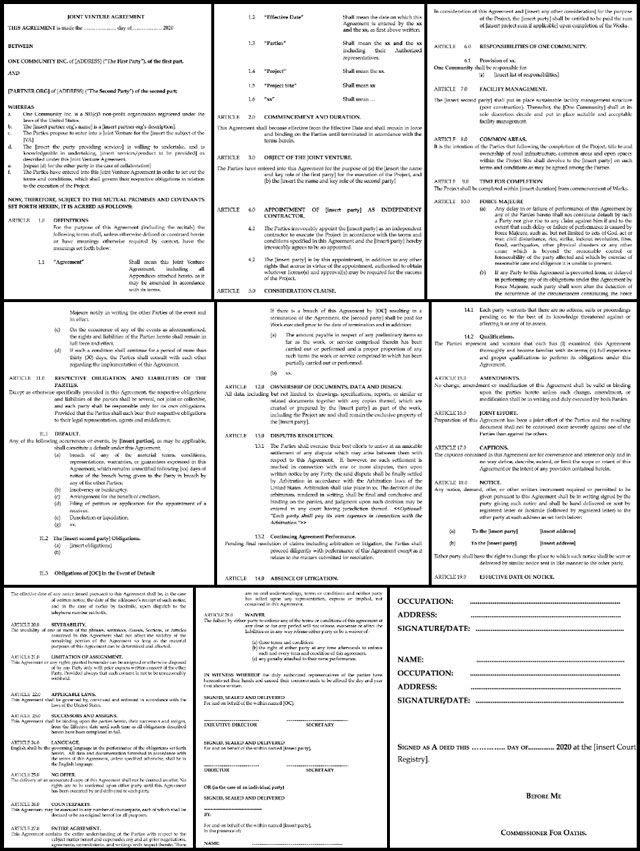
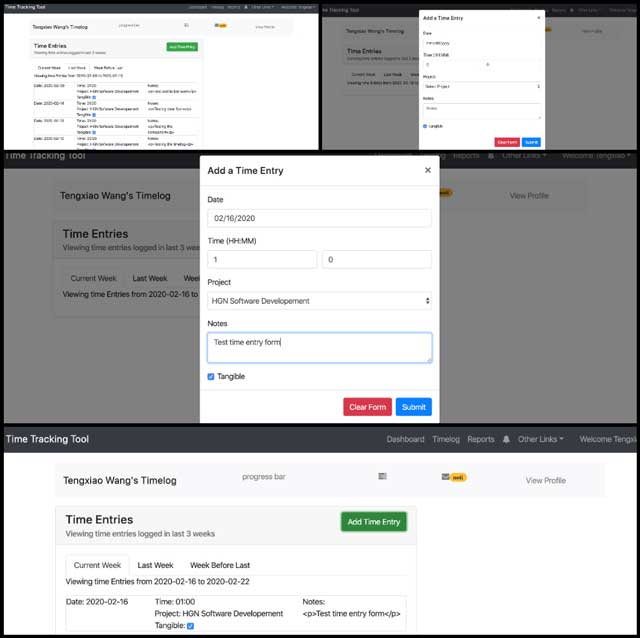
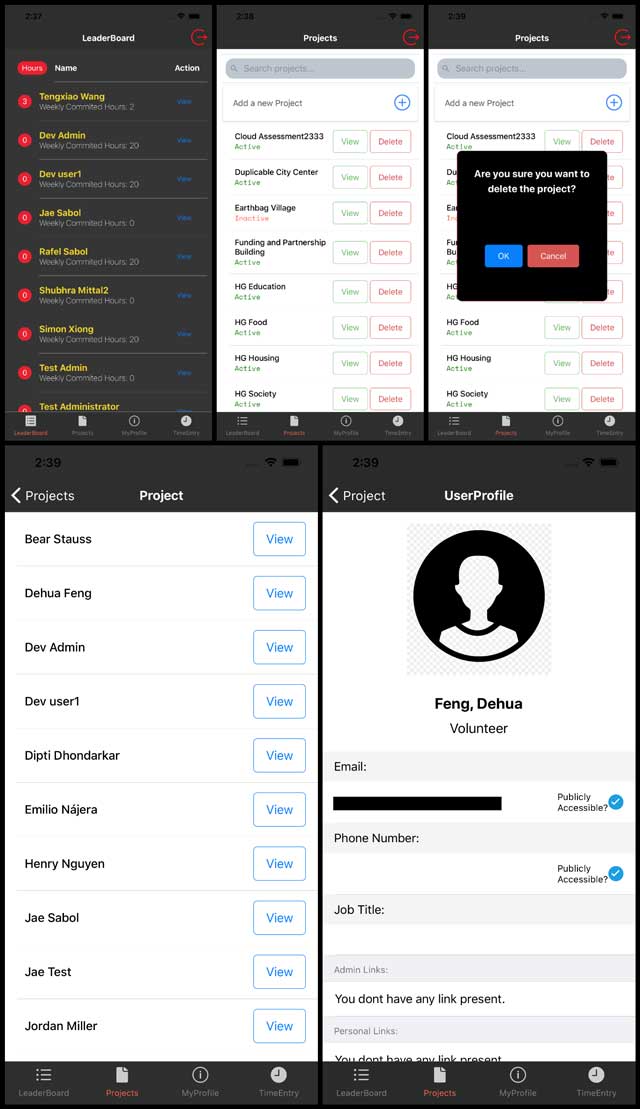



Connect with One Community